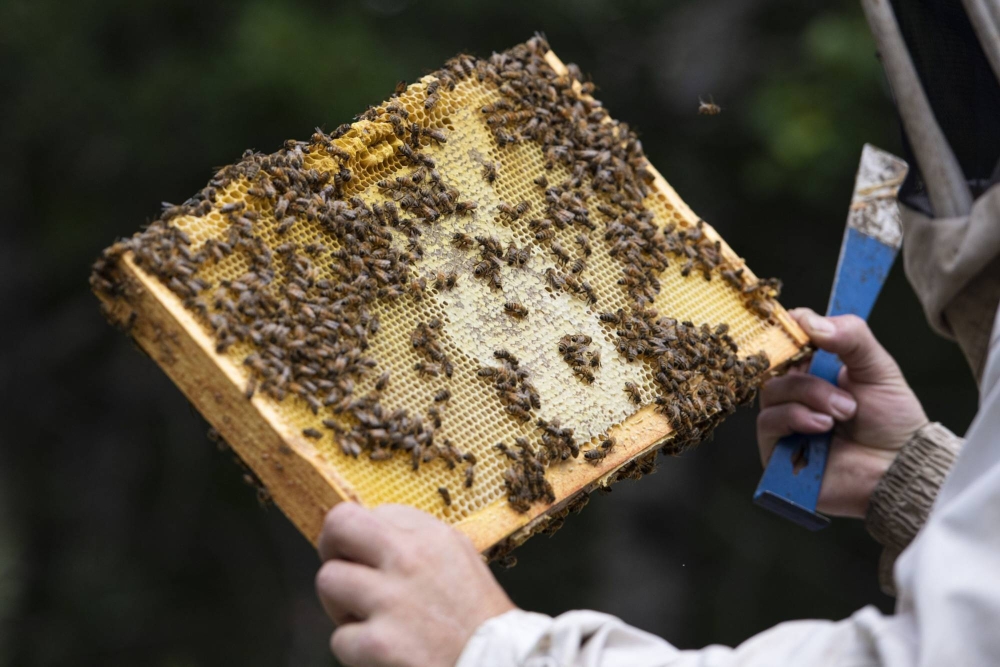A deadly parasite that’s ravaged bee populations across the world has made deeper inroads into Australia, setting up the nation for an expensive fight to protect its honey and horticultural industries.
The varroa destructor, a parasitic mite that attaches itself to a bee and feeds on them, has spread further inland across New South Wales and landed on the doorstep of Victoria, the nation’s biggest producer of nuts and fruit. The state’s agricultural authorities say the pest hasn’t been detected there, but it’s a worry for farmers that rely on bees to pollinate their orchards.
It’s a fight that could cost billions, regardless if the mite spreads or money is spent on its containment, according to modeling by Australia of a hypothetical incursion from Sydney. The current outbreak could test that scenario, and put at risk a honey bee industry worth over A$400 million ($255 million).
Modeling by the Australian Bureau of Agricultural and Resources Economics and Sciences estimates an incursion of varroa from the Port of Sydney would cost A$5.2 billion over 30 years without containment. Even trying to contain the pest is expensive, costing almost A$4 billion (¥376.2 billion) over the same three-decade period.
The NSW Department of Primary Industries is leading the national response to the outbreak with an A$132 million plan to eradicate the pest. The state is the largest producer of commercial honey in Australia and responsible for the biggest number of hives used in crop pollination.
“This is the largest plant-pest response Australia’s ever embarked on in terms of a biosecurity event,” said Danny Le Feuvre, the chief executive officer of the Australian Honey Bee Industry Council. “It’s of great concern.”
The outbreak has spread across NSW, from coastal regions to Euston almost 800 kilometers (497 miles) west of Sydney. The small inland town sits on the banks of the Murray River — a long waterway that acts as a border with Victoria. It’s a region where almonds, apples and avocados are grown.
Authorities set up an eradication zone at Euston, meaning all the hives and the bees they house within that area had to be destroyed. There are a number of zones across the state marked red for the destruction of beehives, with the highest cluster around Newcastle, north of Sydney.
A bee lockdown was implemented last year after varroa was detected at the port town of Newcastle. The parasitic mite attacks European and Asian honey bees, but does not affect Australia’s native species.
Australian industries such as almonds rely on the movement of billions of bees in hives, often across state lines, to pollinate crops each year. Victoria is the nation’s biggest producer of almonds, which were its highest-value horticultural export in 2021-22 at A$432 million. They are also grown in NSW.
Almond producer Select Harvests Ltd. said last month that pollination of its 2024 crop hadn’t been impacted by the the outbreak, although it said one farm was under investigation for varroa. The company declined to comment further when contacted for an update on the probe.
“If varroa spreads, the cost of pollination could go up significantly,” said Pia Piggot, an analyst with Rabobank in Sydney. “This means it could impact our competitiveness in terms of international exports.”

